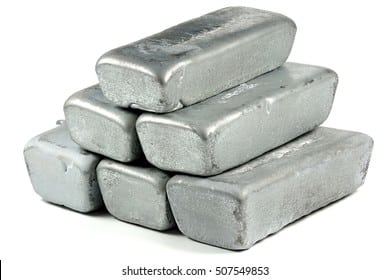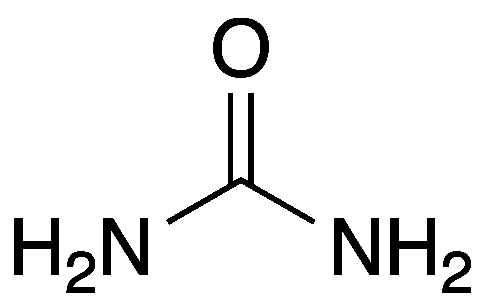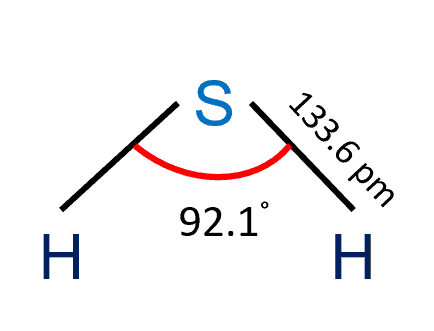Silver oxide is a black, solid chemical substance that is utilized in the production of items such as batteries.
It is an ionic compound that contains two silver ions and one oxygen ion. The formula for silver oxide is Ag2O.
Silver oxide is a moderate oxidizing agent used in organic chemistry. For example, it oxidizes aldehydes to carboxylic acids.
| Compound Name | Silver oxide (Ag2O) |
| Appearance | black or dark brown powder |
| Melting point | >100 °C (decomposes) |
| Molar Mass | 231.735 g/mol |
| Density | 7.44 g/cm3 |
| Crystal structure | Cubic structure |
Table of Contents
What is a silver oxide (Ag2O)?
Silver(II) Oxide (AgO) is a highly insoluble, thermally stable silver source used in glass, optics, and ceramics. Silver(II) oxide is a photosensitive fine black powder that decomposes at temperatures exceeding 280 degrees Celsius.
Like other Oxide compounds, the Silver oxide is not electrically conductive.
Silver oxide (Ag2O) ionic or covalent?
To generate a positively charged ion, Ag+1, silver normally loses one electron. Oxygen loses two electrons and becomes O-2, a negatively charged ion. Because they are negatively charged, these ions cling together like glue. As a result, silver oxide is an ionic substance. Ag2 O is the formula for silver oxide.
Silver Oxide Formation
Silver oxide can be prepared by reacting silver with oxygen at 195° C.
4Ag (s) + O2 (g) → 2Ag2 O (s) (195° C)
The second method to produce silver oxide is to react silver nitrate with the strong base sodium hydroxide:
2AgNO3 (aq) + 2NaOH (aq) → Ag2 O (s) + 2NaNO3 (aq) + H2 O (l)
What is Silver?
- Silver (atomic symbol: Ag, atomic number: 47) has an atomic weight of 107.8682 and is a Block D, Group 11, Period 5 element.
- The number of electrons in each of Silver’s shells, according to the Silver Bohr Model, is 2, 8, 18, 18, 1.
- The radius of the silver atom is 144 pm, while its Van der Waals radius is 203 pm. Prior to the year 5000 BC, Early Man found silver.
- Silver has a beautiful white metallic sheen in its basic state. Elemental silver is somewhat harder than gold and more ductile and malleable than gold and maybe palladium.
Related Links
Combustion Reactions| Introduction, Reaction, & Facts
Liquid Oxygen-Cryogenic Liquid
What is the Molar Mass of Nitrogen?
Conduction in Physics| Easy Examples
Sodium Phosphate – Formula, Structure, Types, and Uses
Hydrogen Phosphate Formula
Frequently Asked Questions
1. Is chlorine a metal?
Chlorine (Cl) is the second lightest member of the periodic table’s halogen elements, or Group 17 (Group VIIa). Because it lacks metal-like properties such as electrical conductivity, flexibility, and strength, chlorine is classified as a nonmetal.
Check the full article “Is chlorine a metal?”.
2. Is hydrogen a metal?
While hydrogen has the same ns1 electron configuration as alkali metals, it is not considered a metal because it forms cations (H+) more slowly than other alkali metals. As a result, the simple answer to the question “is hydrogen a metal?” is no.
3. What is magnesium chloride?
Magnesium Chloride (MgCl2) is an ionic chemical and magnesium source that is used to replace electrolytes and cure magnesium shortage diseases. Magnesium Chloride anhydrous contains 25.5 percent elemental magnesium by mass.
4. What is sulfur electronic configuration?
Sulfur electronic configuration is 1s2 2s2 2p6 3s2 3p4
More Links
SF4 Lewis Structure & Molecular Geometry
How Many Cups in a Gallon? Cups to Pints, Quarts, and More
How cold is Liquid Nitrogen?
Electron Configuration for Calcium
The pH of Distilled/ De-Ionized Water
SiCl4 Polar or Nonpolar| Easy Explanation
SO2 Ionic or Covalent?| Simple Explanation
- BCl3 Lewis Structure in four simple steps - November 1, 2023
- PH3 Lewis Structure in four simple steps - October 8, 2023
- PF3 Lewis structure in four simple steps - September 24, 2023



